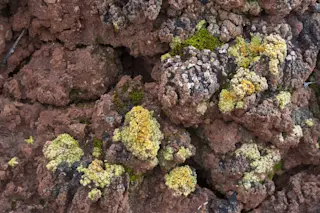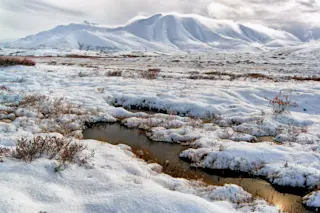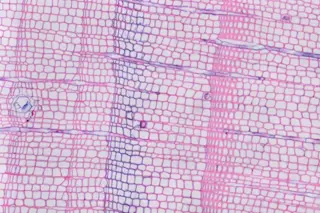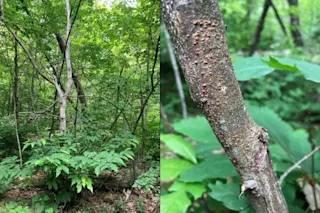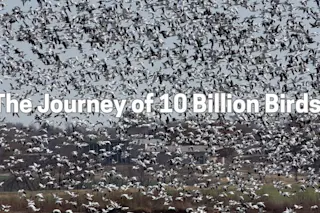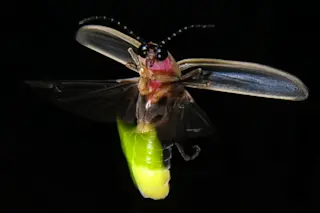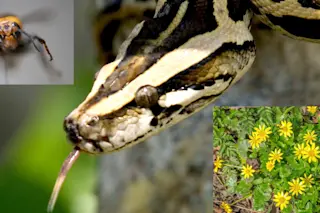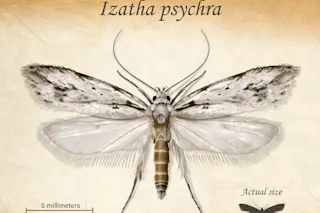On a cool September morning, a caravan of international scientists rumbles past the iconic formations of Canyonlands National Park in Utah. Over the eons, wind and water have carved this landscape into a maze of stunning red sandstone arches and spires. The researchers marvel at the formations, so different from their own backyards — places as distant as China, Niger, Australia and Spain. But when they pull into the parking lot for a short hike to Pothole Point, their attention goes straight toward their feet.
A thick, bumpy film covers large patches of the giant sandstone slabs. The patches resemble burnt soil, as if a fire left behind only these charred remains. Up close, the spots mimic the Canyonlands’ topography on a tiny scale: Centimeter-tall towers rise above a network of valleys. These dark, crusty soils span the arid Colorado Plateau in the Four Corners region.
Here, the ground is ...


